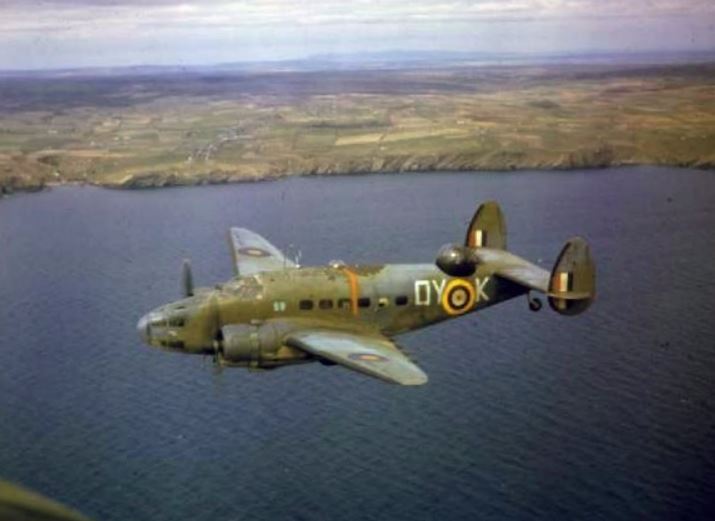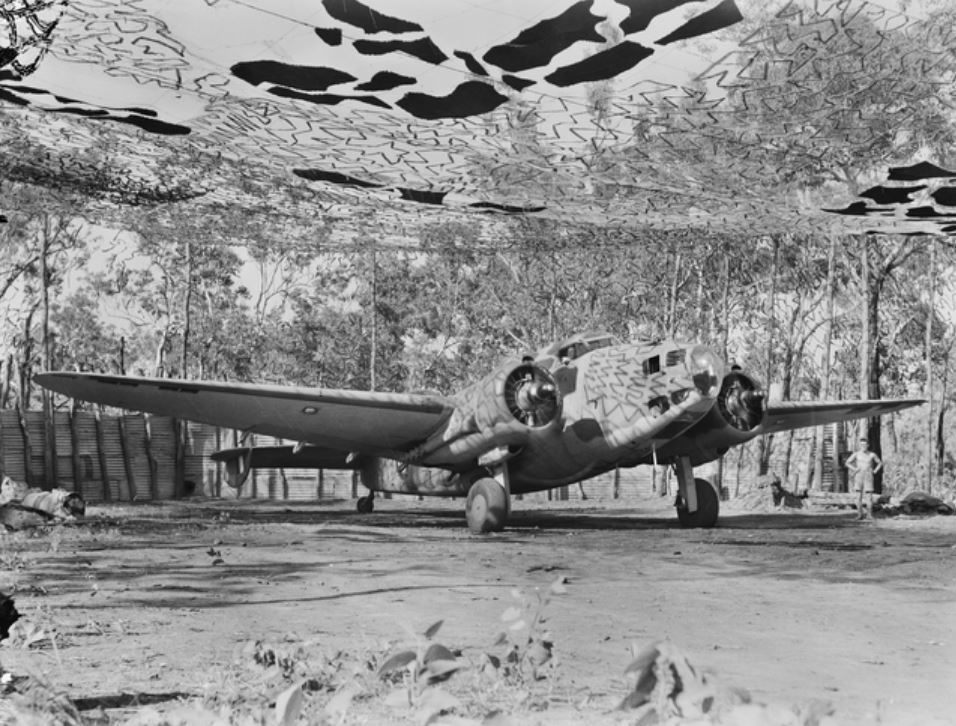No. 2 Squadron RAAF
From Our Contribution
 | |
 AWM 027618 |
Contents
[hide]Brief History
No. 2 Squdron Australian Flying Corps (known as 68 Squadron Royal Flying Corps until Junuary 1918) was formed in Egypt during September 1916. Shortly afterwards the Squadron embarked for the United Kingdom, arriving there on 30 Jan 1917, and was sent to Lincolnshire to train with the Royal Flying Corps. The main body of 2 Squadron flew to St Omer, France, on 21 Sep 1917 and the following day the Squadron made Baizieux aerodrome its base, operating with the British Third Army.
On 2 Oct 1917 the squadron fought the first Australian air combat in France when a patrol of four aircraft pursued a German aircraft. During the Allied advances of late 1917 to early 1918, the Squadron was involved in Army support. The Squadron's DH-5 aircraft were replaced by SE-5a aircraft by the end of 1917. From April, the Squadron operated from Bellevue aerodrome. The Squadron operated from this airfield w1th great success, and many German atrcraft were shot down. By August 1918, the Allies had gained air supremacy on the northern sector of the front and 2 Squadron was able to carry out bombing and strafing attacks almost unopposed. As a result of the lack of enemy aircraft to fly against, the Squadron reverted to ground strafing and bombing during October 1918.
After the Armistice, 2 Squadron remained in the vicinity of Lille until demobilisation. By the end of February 1919, the Squadron had handed over its aircraft in preparation for the move back to Australia. 2 Squadron arrived in Australia in June and was disbanded later that month.
When the Roya1 Australian Air Force was formed in 1921 the formation of squadrons followed slowly. No. 2 Squadron did not reform until 10 Jan 1922. The Squadron was re-equipped wllh Anson aircraft by the end of 1937 and then in early 1938, the Squadron became the first to be equipped with two prototype Wirraway aircraft. Mobilisation was completed in September 1939 with the Squadron still based at Laverton and for the first part of the War conducted many seaward searched for enemy ra1ders.
In June 1940 the Squadron was equipped with Lockheed Hudson a1rcraft and four Hudsons were moved to Darwin on 5 Dec 1941, with the remaming aircraft arriving a few days later. Another move saw the Squadron established at Penfoei on Timor, by 10 Dec 1941. From there, the Squadron flew patrols and was able to attack a Japanese pearler which was a suspcected communications ship. During the period 9-12 Dec 1941, 2 Squadron provided anti-submarine patrols and general cover for the movement and disembarkation of Australian Imperial Force troops. In January 1942, 2 Squadron was operating simultaneously from Darwin, Boeroe Island and Penfoei. The Japanese landing during the northern Celebes invasion required an increased effort from the Squadron which operated in continually in conjunction w1th 13 Squadron, making attacks on Japanese convoys.
Due to a lack of warning system the RAAF base at Koepang was bombed on 26 Jan 1942 with many aircraft damaged while on the ground With the enemy advance, the Squadron moved back to Darwin on 18 Feb 1942. Darw1n was then attacked on 19 February during which time No. 2 Squadron was moving south to Daly Waters. The Squadron flew reconnaossancc missions over Timor and the islands to its north. Offens1ve operations were carried out with reduced numbers of aircraft and consisted chiefly of attacks on the new Japanese bases at Koepang port and Penfoei airfield. This was follwed by attacks against Japanese shiping on Ambon and enemy bases at Dilli and Koepang. Supplies were dropped to 'Sparrow Force' elements who were still active in Portuguese Timor. During the period June to October 1942, 2 Squadron was mvolved in many attacks on Japanese positions. Thirteen crews were lost during 1942 but the unit received recognition for its work from General MacArthur.
From August 1943, 2 Squadron was tasked with escorting Allied shipping in the north-western area. Other tasks included reconnaissance
over the Timor and Arafura Seas and enemy bases. The commenced replacing their Hudsons with Beauforts during January 1944, and operated both types until April. The first operational mission flown by Beauforts was on 12 Jan 1944. May 1944 saw No. 2 Squadron once again withdrawn from operations in order to be re-equipped with B-25 Mitchell aircraft. The Squadron was again operational by the end of June and at that time was the only
RAAF squadron to be flying Mitchells. In following months the squadron in conjuction with others aimed at harassing Tanimbar, Kai and Aroe Islands in an attempt to blockade the JapaneSe in the Arafura Sea. In December the Squadron was devoted to destroying enemy barges and smaller freighters which the Japanese relied on to supply their outlying garrisons w1th food and equipment.
The new year saw 2 and 18 Squadrons once again engaged in joint operations and their combined operations were largely responsible for the removal of all enemy sh1pping from their area of operations. During March 1945, 2 Squadron limited its operations in order to move to jacquinot Bay, but before the planes could join the advance parties, they moved to Balikpapan in August, arriving several days after the cessation of hostilities. Desp1te this the Squadron was able to play a significant role in the location of prisoner of war camps, making supply drops to all the camps in the Celebes area.
In October the Squadron became a transport squadron until it ceased operations in November. On 20 Dec 1945 it began its return to Australia where it was based at Laverton until it was disbanded in 15 May 1946. Reactivated in 1948 the Squadron saw service in Malaya, and South Vietnam before being repurposed as aaerial-photographic unit, with its last operationl flight in 1982.
Aircrew
- † Frank Keith Morcombe DFC 23 Jul 1942 - 3 Apr 1943
- Tom Shelley Griffiths 26 Sep 1943 - 17 Jan 1944
Battle Honours
- Western Front WW1
- South West Pacific WW2
- Malayan Emergency
- Vietnam
- Military Intervention against ISIS
- US Presidential Unit Citation (WW2)
- USAF Outstanding Unit Commendation (Vietnam)
Individual Honours
2 x Member of the Order of the British Empire 20 x Air Force crosses, plus 1 Bar 7 x Distinguished Flying Medal 2 x Member of the British Empire 1 x Air Force Medal 1 x Mention in Despatches
Notes
Content for the history and honours sections has come from a combination of Wikipedia, and the Australian War Memorial website.